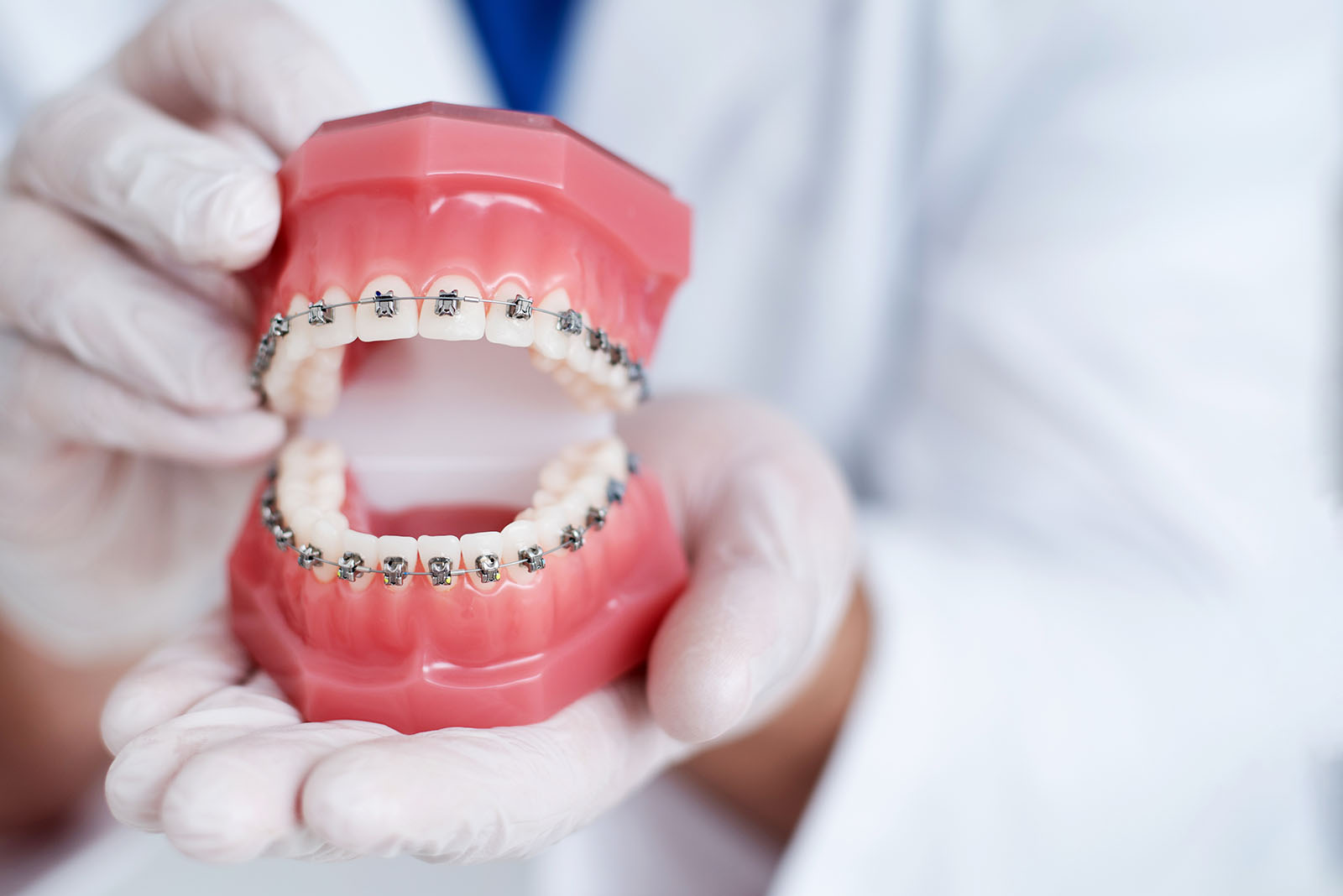Call Us Today!
(860) 354-6006
New Patients
(860) 248-2099

Oftentimes, I hear a common question at new patient examinations, “Will I be your oldest patient?”. Almost always, my answer is, “definitely not!”.
Teeth can be moved at any age. The main difference between children and adults is that our rate of bone turnover is a bit slower, so the teeth move a bit slower through the bone, but our teeth can still be moved quite successfully, however we decide to complete the treatment (e.g. clear appliances like Invisalign, braces, or active retainers).
Straight teeth and a beautiful smile are cosmetically appealing, but there’s more reasons than that for beginning your orthodontic journey. As we remember from long, long, ago in high school physics, everything in the universe goes towards disorder. Our teeth and smile – like many other things- may have been beautiful as teenagers, but slowly over time, small shifting happens every year, and gradually, it accumulates. Deep bites, where the upper teeth overlap the lower too much, tend to become deeper over time, leading to chipping and wear of the teeth. Lower teeth tend to become more crowded, and upper teeth often space or flare out, or begin to overlap.
When treatment is completed, retainers will be very important to help maintain your outcome. In the past, this was not emphasized by orthodontists as much as it is today. It used to be thought that if the orthodontic result was excellent, teeth shifting would be minimal. Since then, this has been disproven. Teeth, like everything else, shift over time, but the majority of this can be prevented with a simple retainer plan. So, many adults return to see me for treatment to help return to the beautiful orthodontic outcome from their teenage years.
There are so many reasons to pursue orthodontic treatment as an adult. A frequent reason for meeting with me is to prepare the teeth in preparation for other dental work, such as implants, bridges, or crowns. Teeth with crowns (caps) can be moved as well as any tooth, but dental implants cannot be moved. If implants are already present, the treatment can be planned around them, but if implants are not yet placed, it is best to align the other teeth so that the smile and bite are set-up as ideally as possible before the implants are placed. This allows your dentist to do their best possible work. Although orthodontics is an investment, it is an important first step before beginning other (usually more expensive) dental procedures.
Orthodontic treatment leads to a very natural degree of the reversal of the aging process. The number of adults receiving orthodontic improvement of their bite and smile is the highest that it’s ever been, likely because treatment is now easier and less noticeable than it has ever been before.
